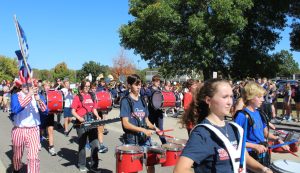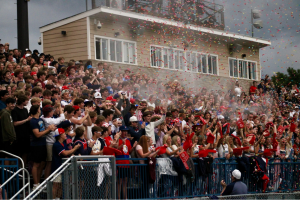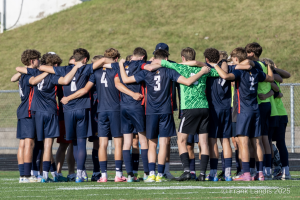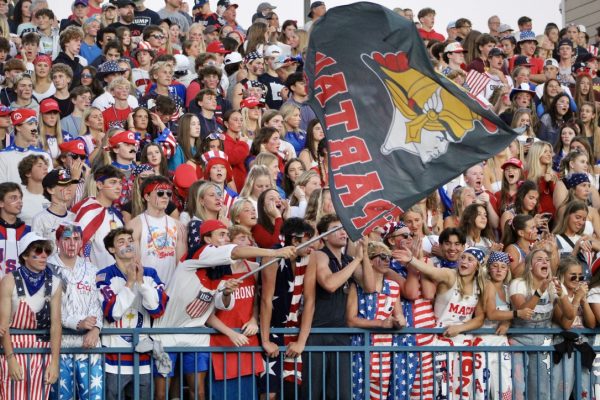Recruited Athletes Versus Non-Athletes
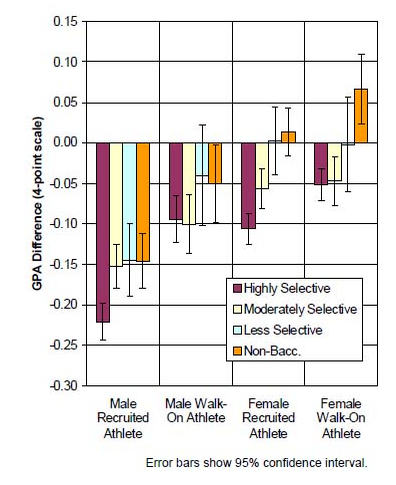
Graph of athlete versus non-athlete academic performance.
April 13, 2015
College athletes are known to trade in their academic success for their athletic ability. It is also thought that college athletes have a higher chance in the admission process than those who do not play sports.
Different standards are set for athletes compared to non-athletes. “The average GPA is a 3.7 and the ACT range is around 30 but athletes can get in with a 25 ACT,” junior Carly Goehring said. She will play soccer for Butler University in the fall of 2016.
Grades are the key indicator as to academic success and the gap between an athletes GPA versus a non-athletes GPA is apparent, but this does not go for all athletes. Some of these athletes do meet the standards of a college and are successful in the classroom and the arena or field.
The truth about recruited athletes who get into college make up about 20 percent of the class and some of them are below the standard of the school. The greatest gap between athletes versus non athletes is male football players and basketball players.
Recruited male athletes earn an average GPA of around 2.84. This is because football and basketball players are held to looser admissions requirements compared to other athletes. “Some colleges will take a 2.8 [average GPA] athlete over a 3.3 non-athlete,” athletic director Bucky Mieras said.
Females on the other hand continue to receive a higher GPA than male athletes and male non-athletes. Female athletes earn a GPA of 0.6 points lower than female non-athletes. “Collectively, girls are going to have a higher GPA than boys,” Mieras said.
Many colleges have separate standards just for athletes. “For athletes they [Duke University] require you to maintain above a 3.0 unweighted GPA, six AP courses, and at least a 27 ACT,” junior Blake Leischow said.
“I need to have above a 3.0 GPA and I can also get scholarship money for getting a higher ACT score than Harding average scores,” junior Jessica Woessner said. Leischow is planning on playing lacrosse in the spring of 2016 for Duke University and Woessner will play soccer in the fall of 2016 for Harding University.
The chart below shows the difference in GPA between males and females of each athlete group. It shows that there is a large gap between schools that are highly selective versus those that are moderately selective. It also shows that at highly selective schools, recruited athletes have a larger chance of getting below the standard of their school, to get in.
Each year, coaches have a certain amount of spots to fill their team and they are given, “the chance to lobby for [the student],” guidance counselor Katie Dorn said. “Highly selective schools are more competitive and they want to be good at sports too.”
Although many colleges want good athletes, “It is not enough to just be a good student. They look for a passion besides school,” Dorn said. Many people have formed opinions on this topic as to whether or not it is fair for a student that is below the standard of a school and still gets accepted because of their athletic ability.
Keep in mind, while some students mainly focus and work hard on their academics, others focus more on their athletic ability, but still try to maintain their grades at school. Both groups of people are equally working hard, but in different ways.





















































